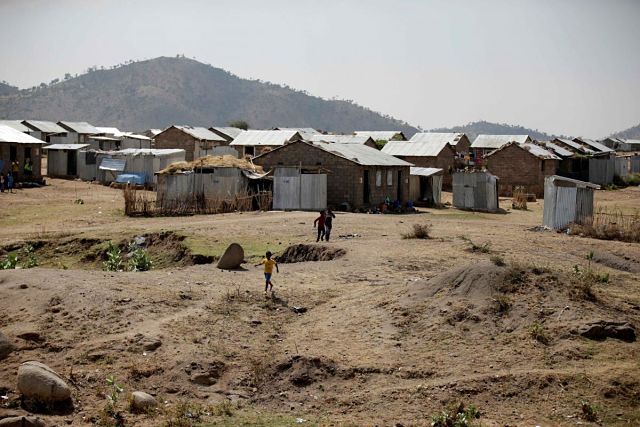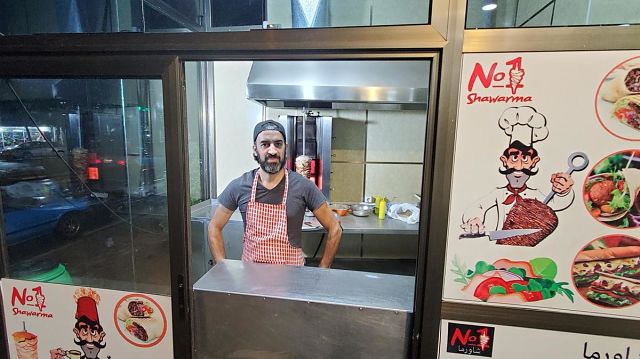 Dr. Tsion Firew is Doctor of Emergency Medicine and Assistant Professor at Columbia University. She is also Special Advisor to the Ministry of Health in Ethiopia. (Courtesy photo)
Dr. Tsion Firew is Doctor of Emergency Medicine and Assistant Professor at Columbia University. She is also Special Advisor to the Ministry of Health in Ethiopia. (Courtesy photo)
Tadias Magazine
By Liben Eabisa
Updated: April 19th, 2020
Interview with Dr. Tsion Firew, Doctor on the Frontline in NYC
New York (TADIAS) — In New York City, which has now become the global epicenter of the coronavirus pandemic, working as a medical professional means literally going to a “war zone,” says physician Tsion Firew, a Doctor of Emergency Medicine and Assistant Professor at Columbia University, who has just recovered from COVID-19 and returned to work a few days ago.
“You’ve slained our colleagues, disrupted communities, but I return to the battlefield fixed on the light that whispers a promise we will win this fight,” she shared on social media recently announcing her recovery. “So happy to be back, recuperated & armored with an antibody!”
Indeed the statistics coming out of New York are simply shocking with the state recording a sharp increase in death toll this months surpassing 10,000 and growing. According to The New York Times: “The numbers brought into clearer focus the staggering toll the virus has already taken on the largest city in the United States, where deserted streets are haunted by the near-constant howl of ambulance sirens. Far more people have died in New York City, on a per-capita basis, than in Italy — the hardest-hit country in Europe.”
At the heart of the solution both in the U.S. and around the world is more testing and adhering to social distancing rules until such time as a proper treatment and vaccine is discovered, says Dr. Tsion, who is also a Special Advisor to the Ministry of Health in Ethiopia.
Dr. Tsion adds that at this moment “we all as humanity have one enemy: the virus. And what’s going to win the fight is solidarity.”
Below is an audio of my interview with Dr. Tsion Firew.
—
Related:
Ethiopia Coronavirus Cases Reach 91,693 (LATEST UPDATE)
COVID-19 and Its Impact on African Economies: Q&A with Prof. Lemma Senbet
Webinar on COVID-19 and Mental Health: Interview with Dr. Seble Frehywot
Ethiopia COVID-19 Response Team: Interview with Mike Endale
Ethio-American Tech Company PhantomALERT Offers Free App to Track & Map COVID-19 Outbreak
‘Your Safety is Our Priority’: How Ethiopian Airlines is Navigating the Global Virus Crisis
Inspiring Amharic Poetry: A Reflection by Shimelis Amare (YouTube)
Getting Through COVID 19: ECMAA Shares Resources With Ethiopian Community
Maryland Issues COVID-19 Fact Sheet in Amharic for Ethiopian Community
Art in the Time of Coronavirus: Guide to Virtual Exhibitions from Ethiopia to U.S.
We Need Seismic Change, Right Now: by Marcus Samuelsson
City Sleeps: A Look At The Empty NYC Streets Amid The Virus – In Pictures
Ethiopia enforces 14-day quarantine for all travelers
Diaspora-based Tech Professionals Launch Ethiopia COVID-19 Response Task Force
Amid COVID-19 Pandemic Hopeful & Inspiring Stories Shared by Obama
Pleas to Diaspora to Assist Coronavirus First Responders in Ethiopia
Coronavirus Sparks an Epidemic of People Helping People in Seattle
Join the conversation on Twitter and Facebook.






























